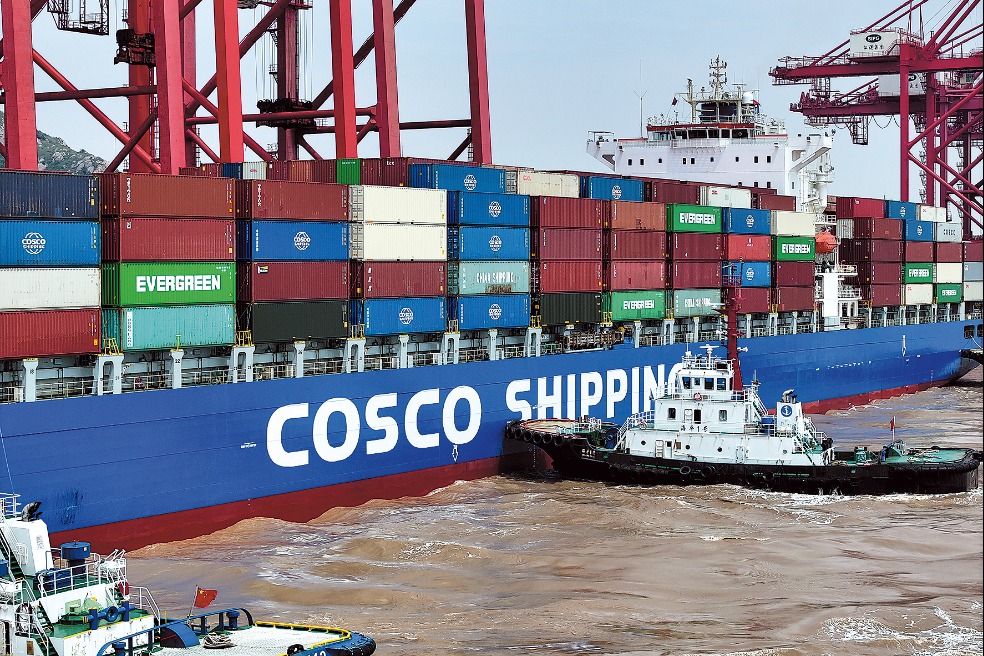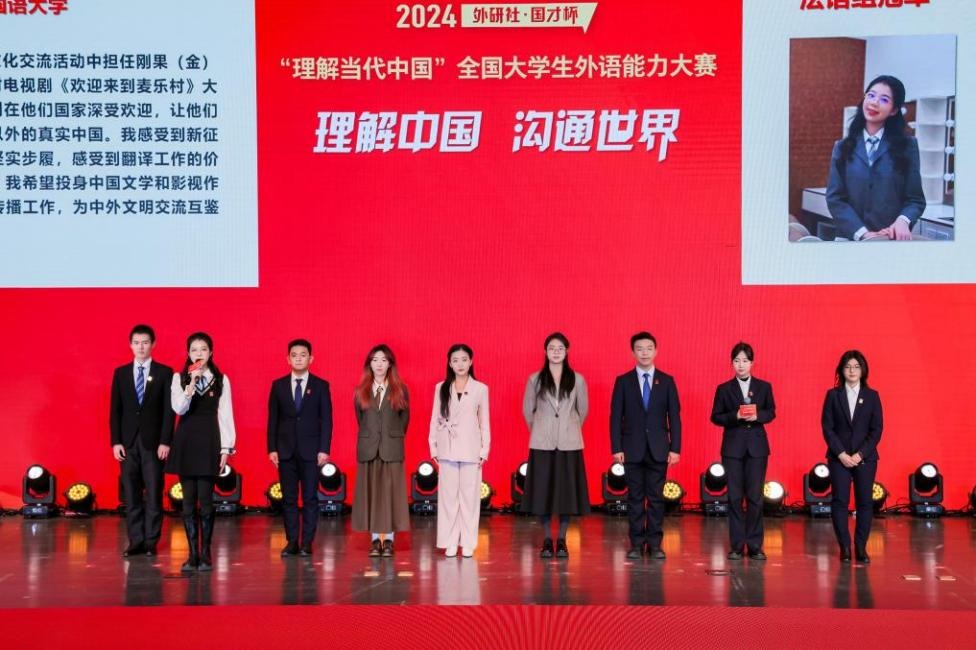Big three's cooperation vital to East Asia


Editor's note: Closer cooperation among China, Japan and the Republic of Korea in fields ranging from semiconductors to renewable energy and digital technology is central to the stability and prosperity of East Asia.
US President Donald Trump has resorted to unilateralism, protectionism and technology-centric trade restrictions in his second term, just like he did during his first term, triggering the restructuring of the global supply chains. In such circumstances, strategic cooperation and the development of a symbiotic model among the Republic of Korea, China and Japan have become increasingly important to maintain regional stability and technological competitiveness.
In the semiconductor industry, the three countries are in highly complementary positions. Japan boasts global leadership in semiconductor materials, components and production equipment, while ROK dominates the advanced memory chip market, accounting for 70 percent of global production and 90 percent of the high-bandwidth memory market, and China possesses critical raw materials, such as rare earths and a vast domestic consumer market.
The ROK and Japan have already established joint research and development centers and co-invested in venture funds. These successful bilateral initiatives could be expanded into a trilateral joint R&D framework by incorporating China, and thus enabling shared innovation and resilience in the face of geopolitical uncertainties.
In the renewable energy sector, too, the three countries have distinctive advantages, which are conducive to the division of labor and joint development. China holds a substantial share of the world's renewable capacity thanks to its large-scale investment in solar and wind power infrastructure. Japan ranks among the top nations in solar power generation and possesses cutting-edge expertise in offshore wind and hydrogen fuel-cell technologies. The ROK, though smaller in scale, is renowned for its exceptionally dense solar panel installations, making it a hub for efficient energy use in high-density urban areas.
The three countries' installed capacity and expertise in different areas of renewable energy generation indicate a "Northeast Asia Green Belt" could be formed, in which China would serve as the production and innovation base, Japan would lead technology innovation, and the ROK would become a smart energy management hub.
The digital economy sector has also seen some important developments. On March 22, during the 11th Trilateral Foreign Ministers' Meeting in Tokyo, the three countries proposed the establishment of a "Digital Economy Cooperation Dialogue Mechanism" and a "Trilateral Innovation Cooperation Center". The aim of these initiatives is to facilitate joint research in emerging fields such as artificial intelligence and renewable energy technologies, and build an "Asian Silicon Valley" in the long run.
To realize this strategic vision, cooperation should not be limited to the three countries. Instead, the platform should be expanded to include other regional actors such as ASEAN member states and even some European countries, in order to foster an open and innovative multilateral digital ecosystem.
Economically, China, Japan and the ROK are already at the core of regional integration under the Regional Comprehensive Economic Partnership framework. As of 2023, the combined GDP of the three countries constituted about 80 percent of the total GDP of RCEP member economies, with their trade volume making up more than 70 percent of the total, underscoring their pivotal role in regional trade.
Furthermore, the RCEP member states' renewable energy generation capacity is 1,547 gigawatts, which is 44 percent of the global total. Notably, solar, wind and hydro power account for 96 percent of this total, making the RCEP zone crucial for innovation in the renewable energy sector.
While discussions on a potential trilateral free trade agreement among the ROK, China and Japan are progressing, if countries such as Chile and Sri Lanka formally join the RCEP this year, as anticipated, the creation of an expanded "RCEP-Plus" framework, which is possible, would take regional economic cooperation to a higher level. Such a framework could go beyond tariff reduction to include harmonized standards, joint digital governance and integrated energy transition policies.
The current global climate of geopolitical fragmentation and economic nationalism demands a coordinated response from East Asia's three economic giants. By leveraging their industrial complementarities, technological strengths and shared interest in regional stability, the ROK, China and Japan can build a more resilient and future-oriented economic bloc in Asia. Whether in semiconductors, renewable energy or the digital economy, trilateral cooperation — especially when embedded in broader platforms like the RCEP — can become a cornerstone for shaping the next generation of Asia-Pacific innovation and sustainability.

The views don't necessarily reflect those of China Daily.
If you have a specific expertise, or would like to share your thought about our stories, then send us your writings at [email protected], and [email protected].


































